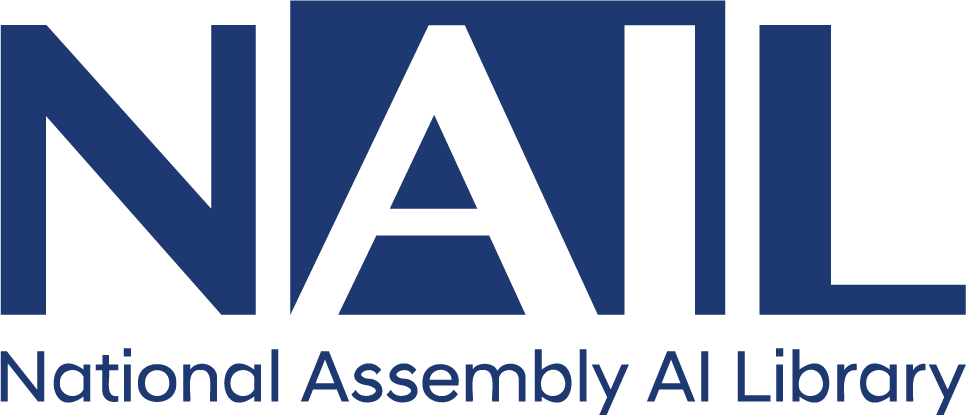목차
Title page
Contents
Executive summary 7
1. Introduction 10
2. Collecting field evidence: step-by-step approach to prioritising local action in cities 11
2.1. Understanding the city 11
2.2. Collecting information on local polluting sources 12
2.3. Quality control of field reconnaissance survey 15
2.4. Identifying pollution hotspots using survey results 18
2.5. Limitations of the methodology 20
3. Recommendations 21
4. Conclusion 22
Annexure 1: List of information collected in the survey 24
Annexure 2: Information on dispersed air pollution sources, details, and spatial data type collected for each source 24
Annexure 3: Detailed cost breakup of field reconnaissance survey 25
Acronyms 26
References 26
Table 1. Gaining Insight into the City through gathering background Information 12
Table 2. Survey specs: stages in survey design, preparation, and execution 14
Table 3. Ranking the top 10 wards based on their Composite Ward Score - Prioritisation for immediate action 20
Figure 1. A comprehensive route plan for field reconnaissance covering primary, secondary and tertiary roads with start and end point 13
Figure 2. CEEW expert guiding enumerators on how to find and record 17 distinct dispersed pollution sources using ODK app 14
Figure 3. Insufficient spatial coverage in ward's pollution source recording: qa/qc reveals spatial coverage metric below 75% by one field staff 16
Figure 4. High spatial coverage achieved by one field staff while capturing pollution sources in a ward, meeting QA/QC standards with over 85% coverage metric 16
Figure 5. Route plan of the ward marked with numbered (black) and starred (blue) points for efficient navigation 16
Figure 6. Maintaining field surveyor gps location accuracy within 8 metres through qa/qc protocol under two consecutive days 17
Figure 7. Using Google satellite imagery to rectify a construction source's misplaced polygon mapped by field staff while recording the source 18
Figure 8. Recognising and addressing observational bias in capturing the pollution sources to minimise obeservational bias 19
Annexure Tables
Table A1. Detailed outline of the survey questions and description 24
Table A2. Detailed information on the dispersed pollution sources 24
Table A3. Expenditure range for City 〉 100 and 〈 200 sq.km area 25
Table A4. Expenditure range for City 〉 200 and 〈 300 sq.km area 25
Table A5. Common expenditure 25
해시태그
관련자료
AI 100자 요약·번역서비스
인공지능이 자동으로 요약·번역한 내용입니다.
Catalysing local action for clean air : a guidebook to map hyperlocal sources of air pollution
(깨끗한 공기를 위한 지역 대응 활성화 : 초지역적 대기오염원 지도 작성 안내서)



